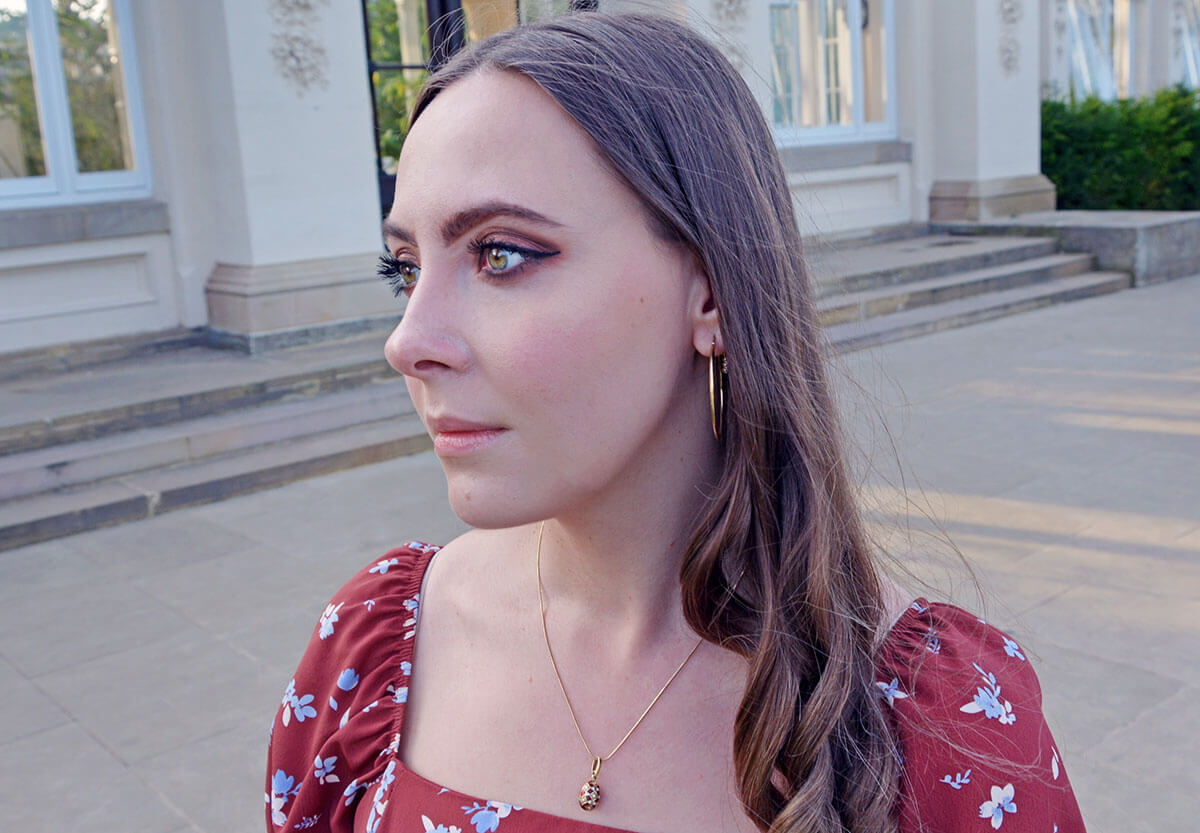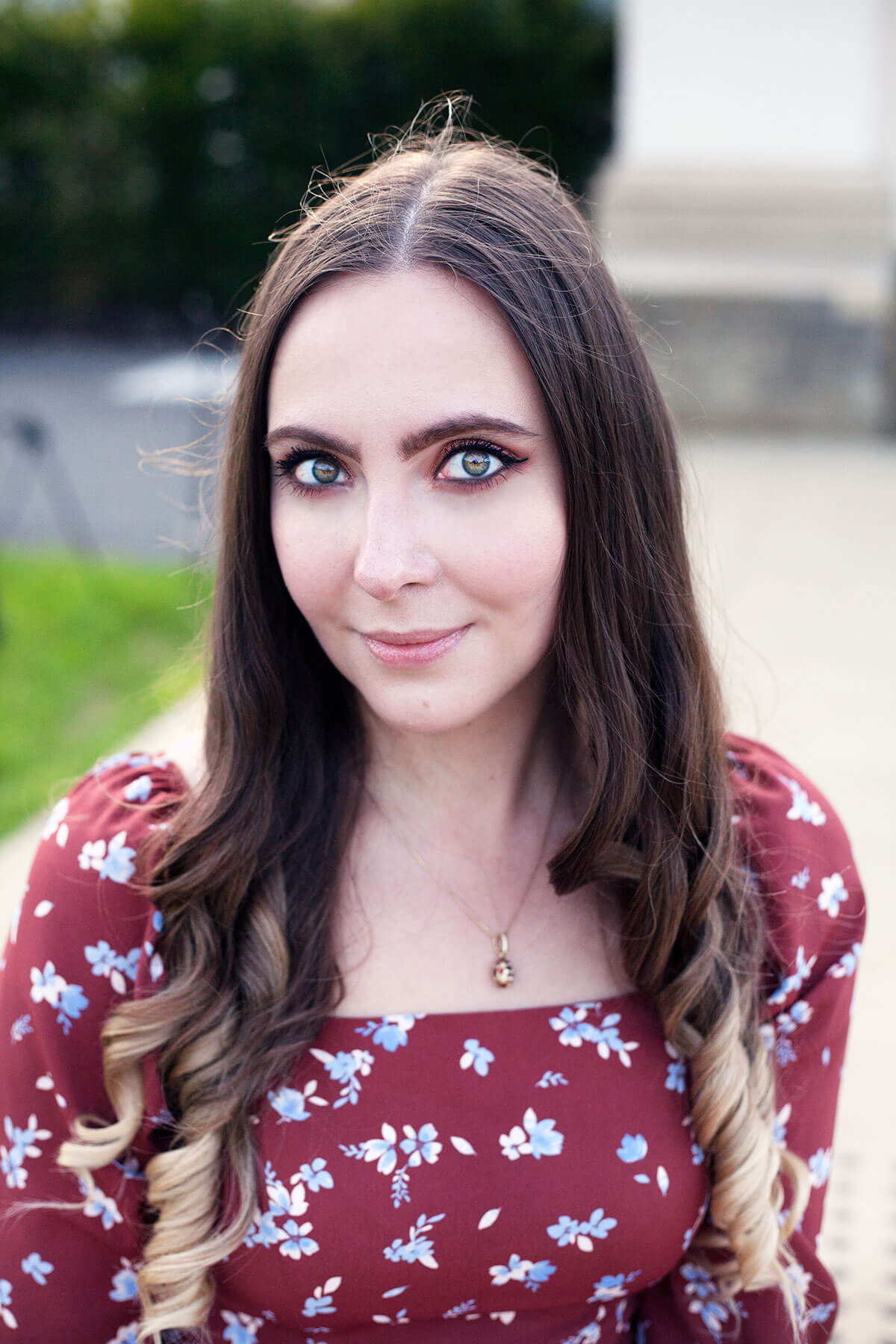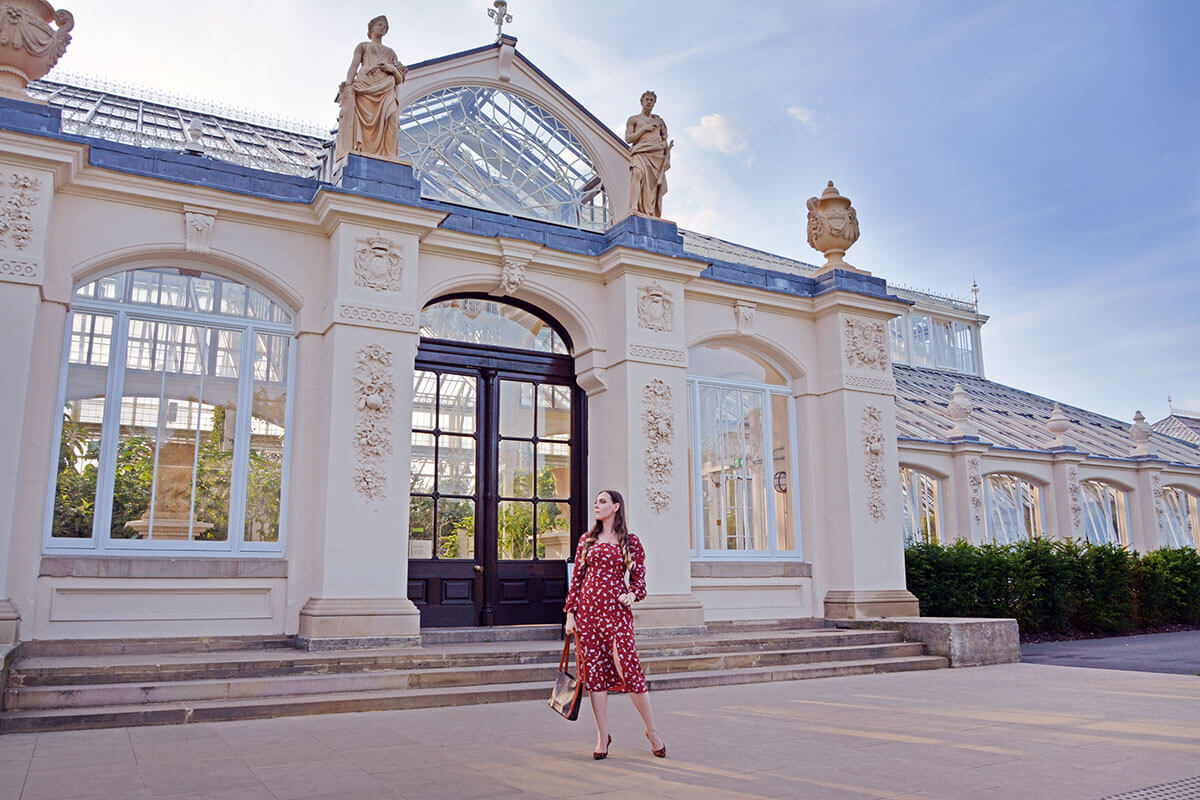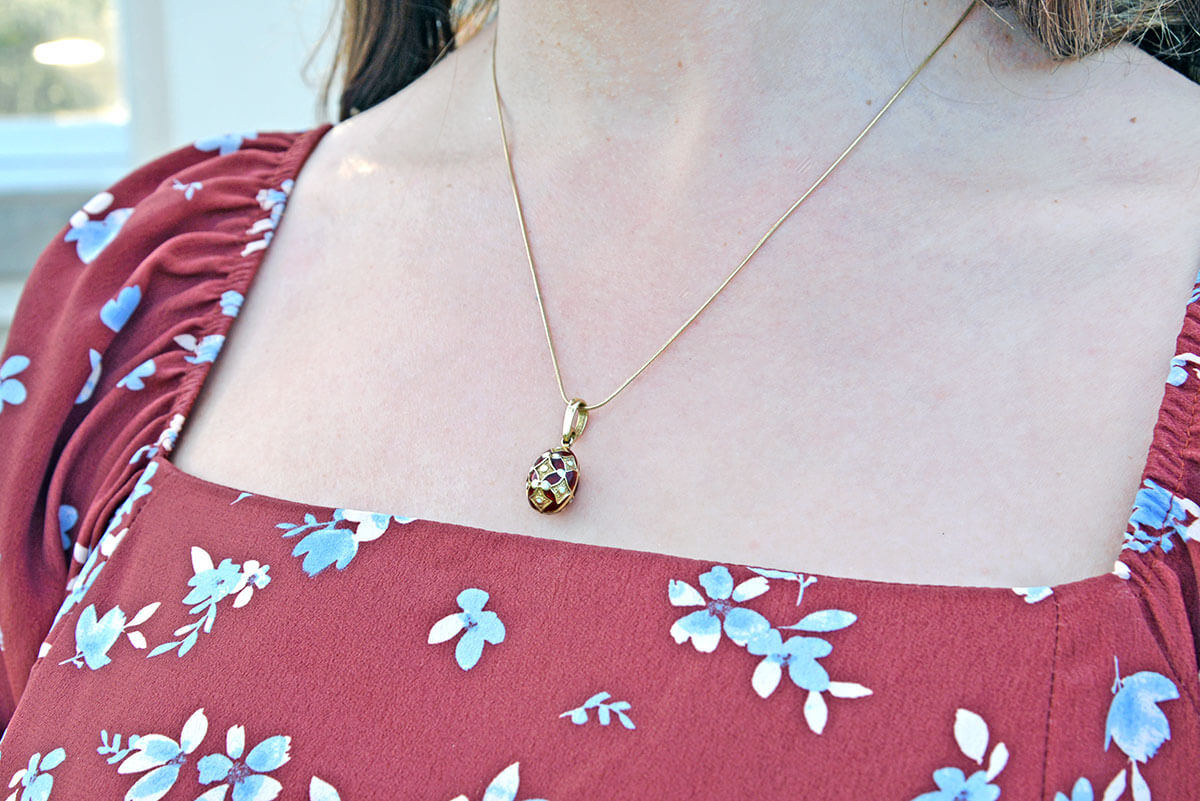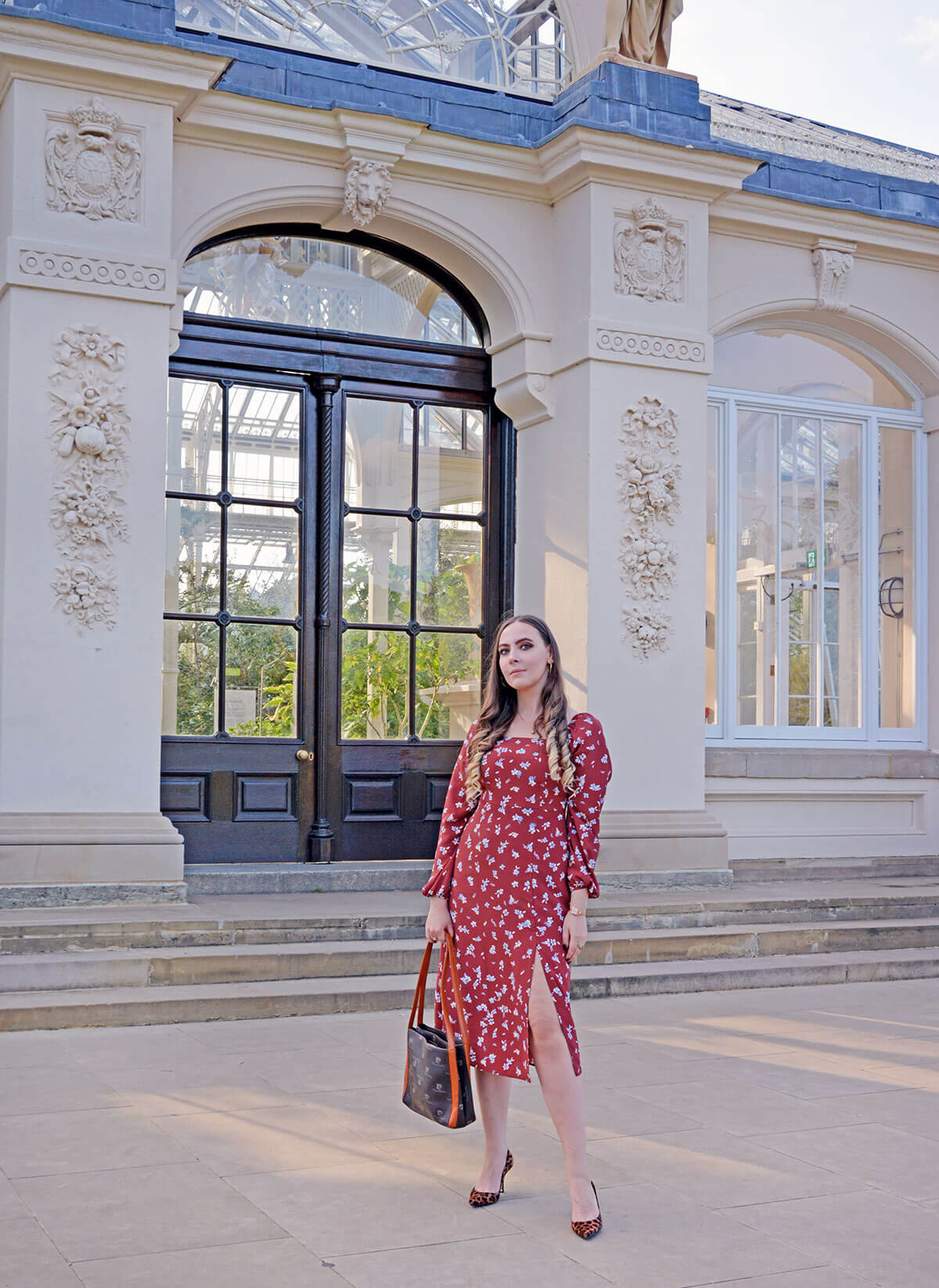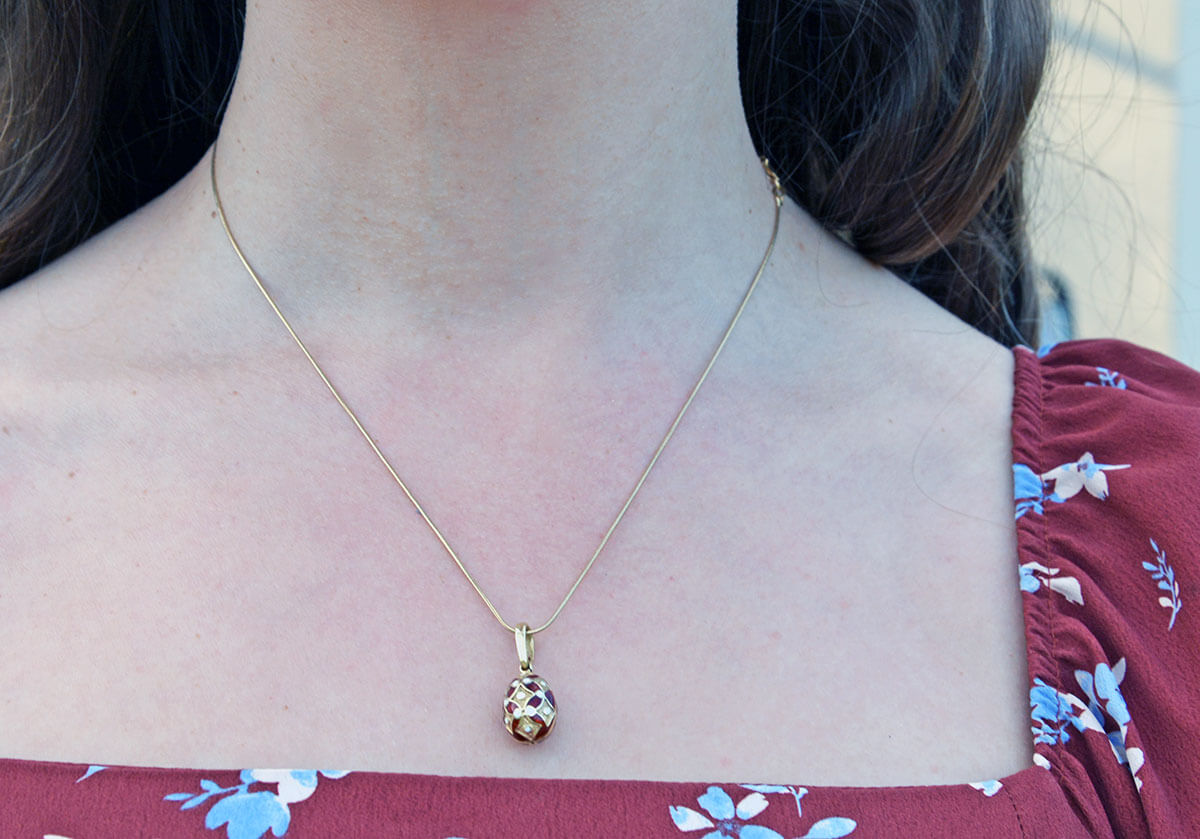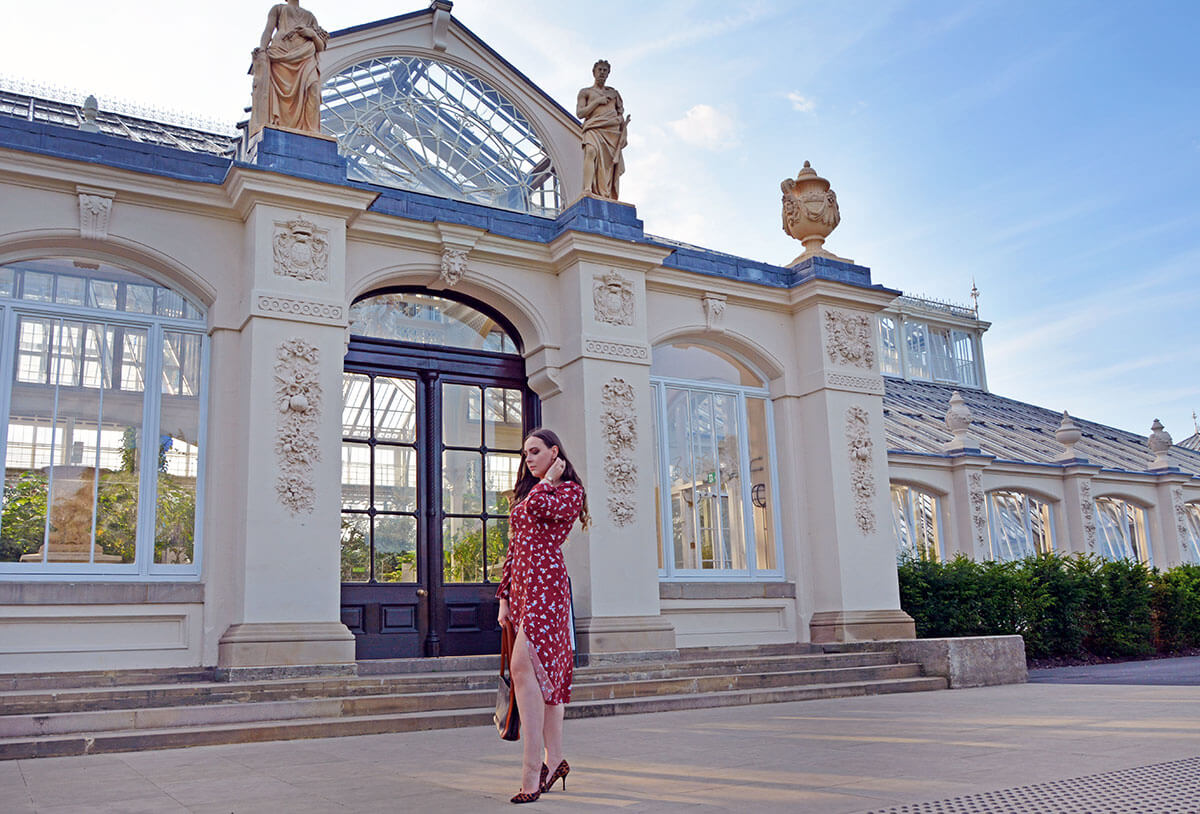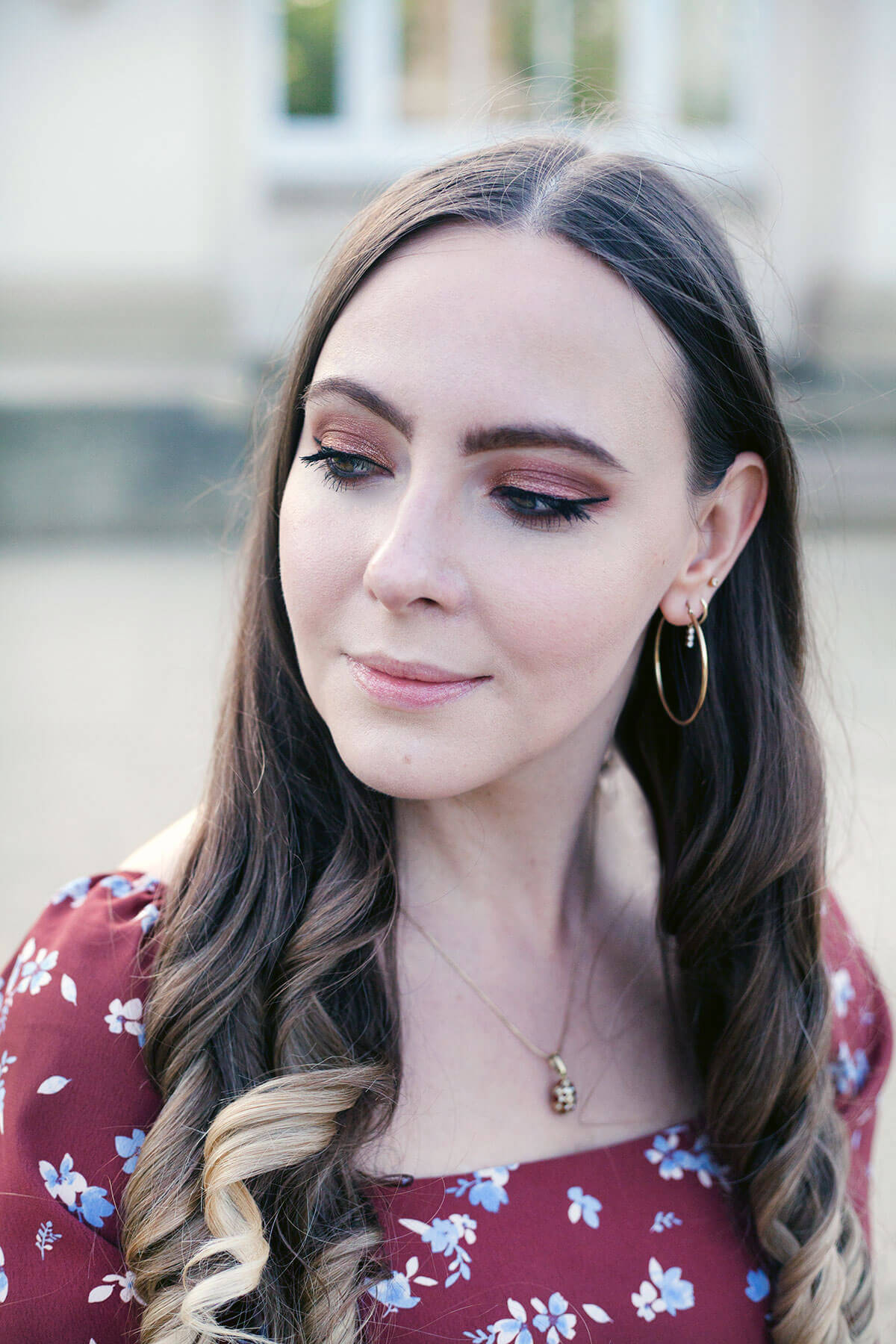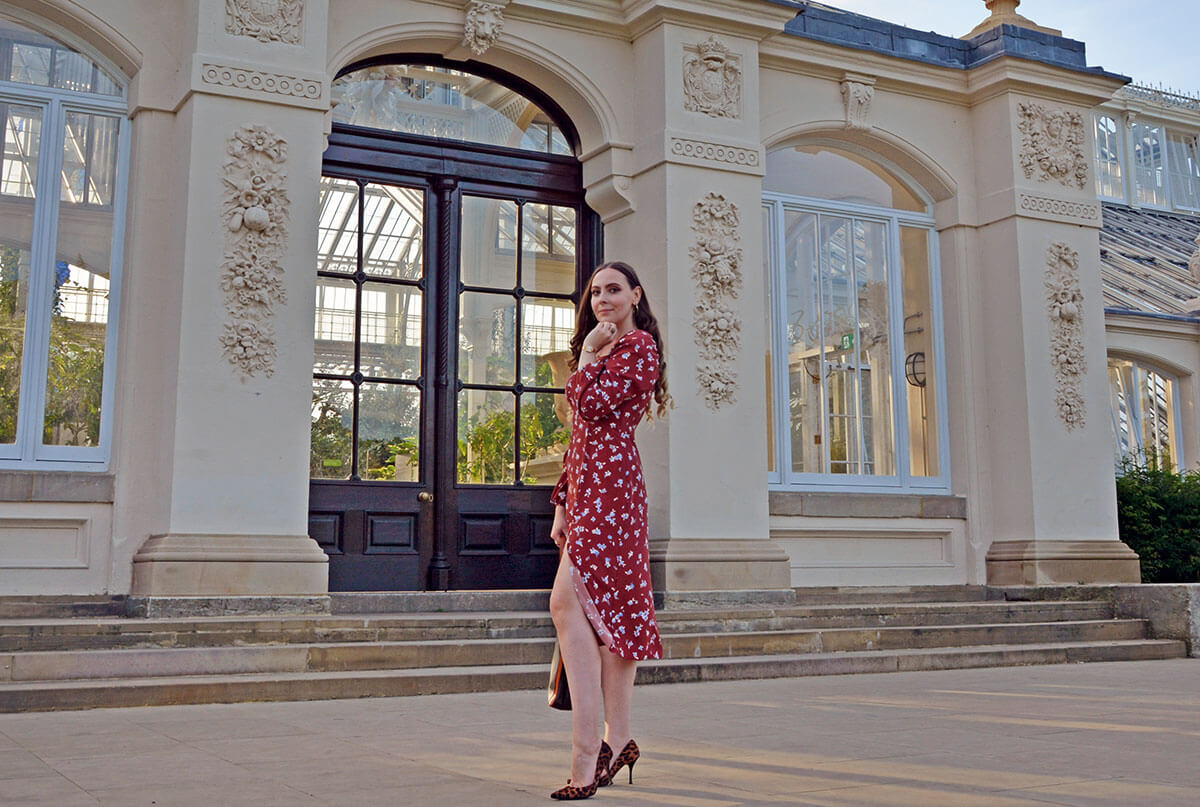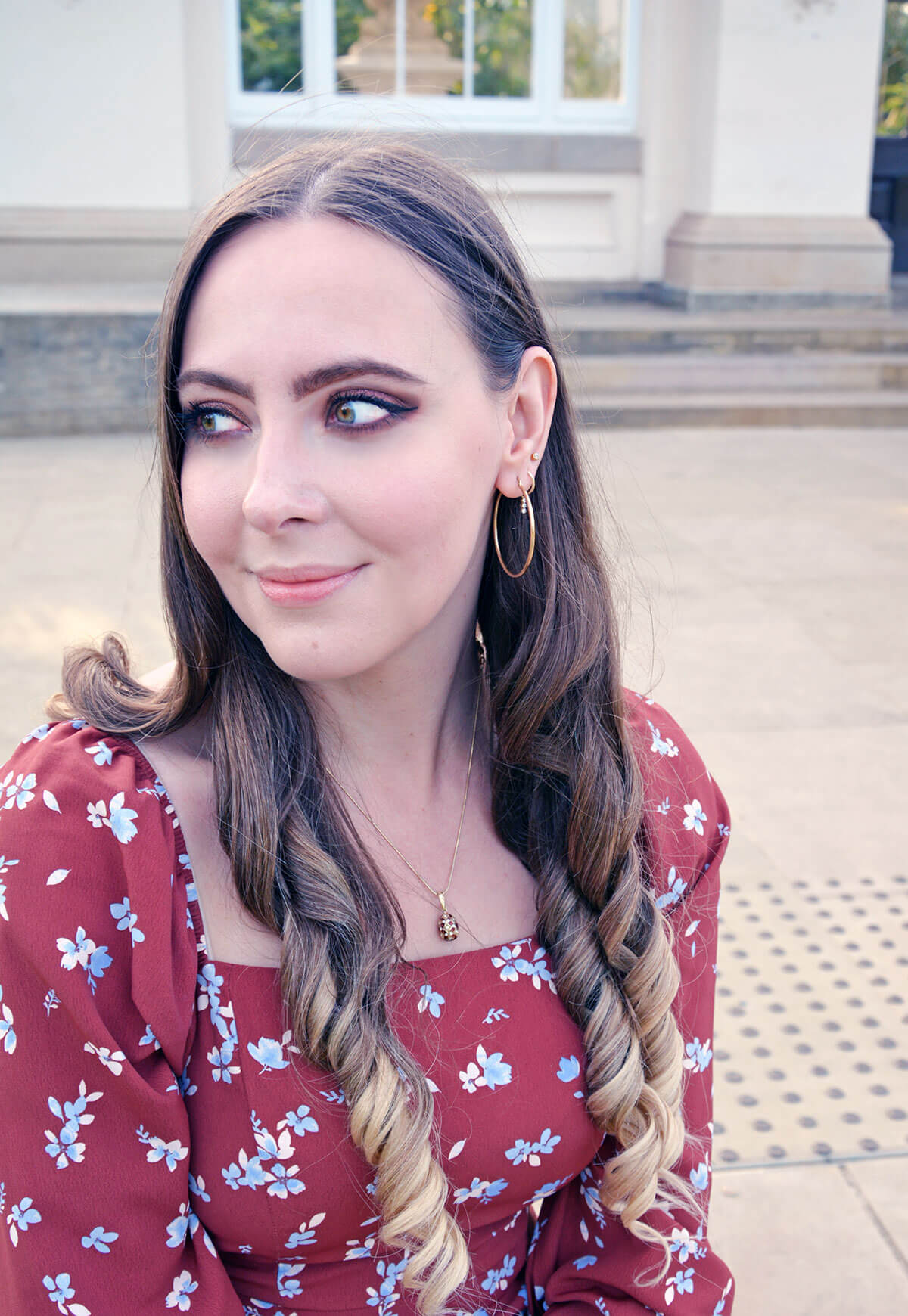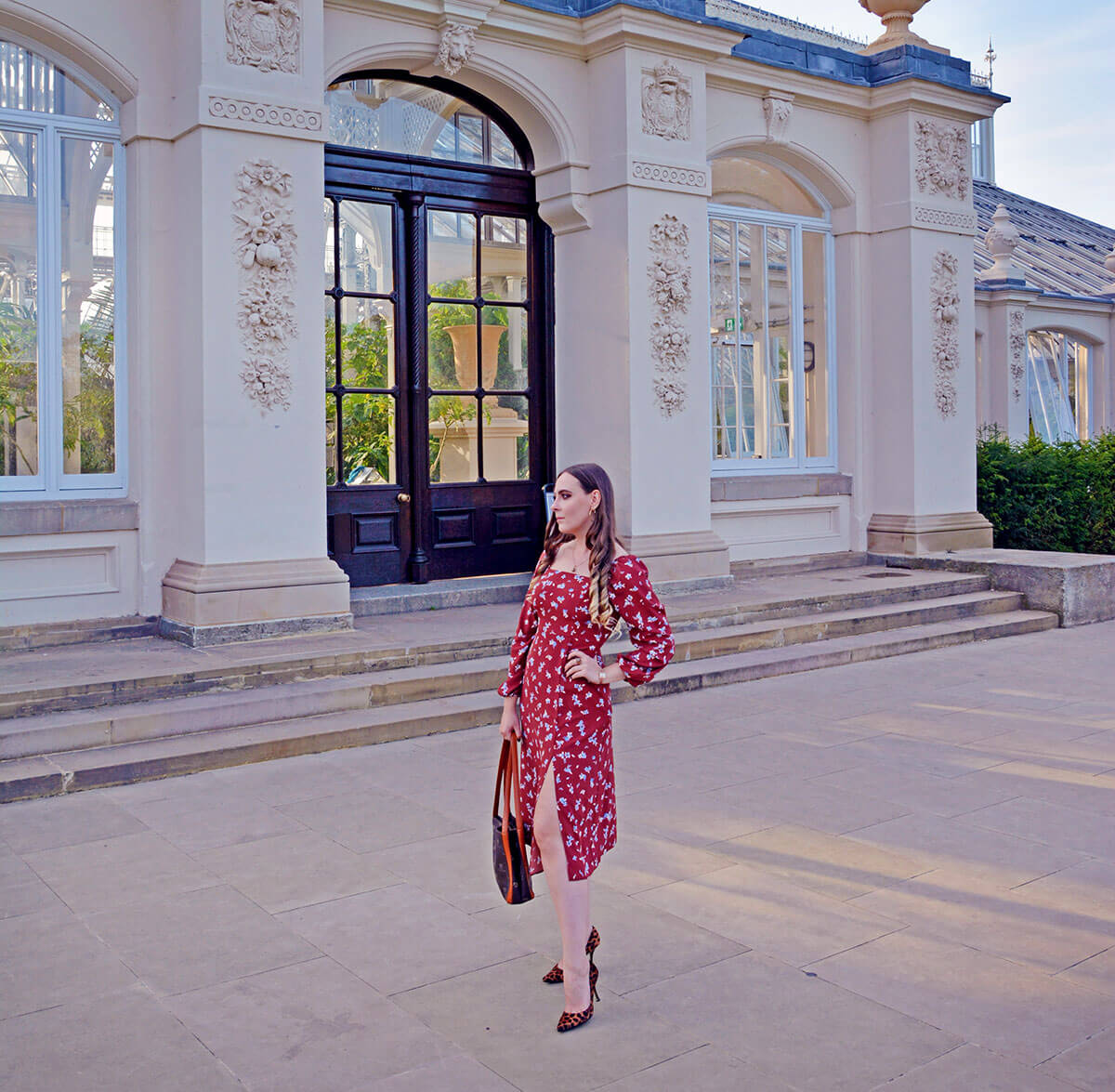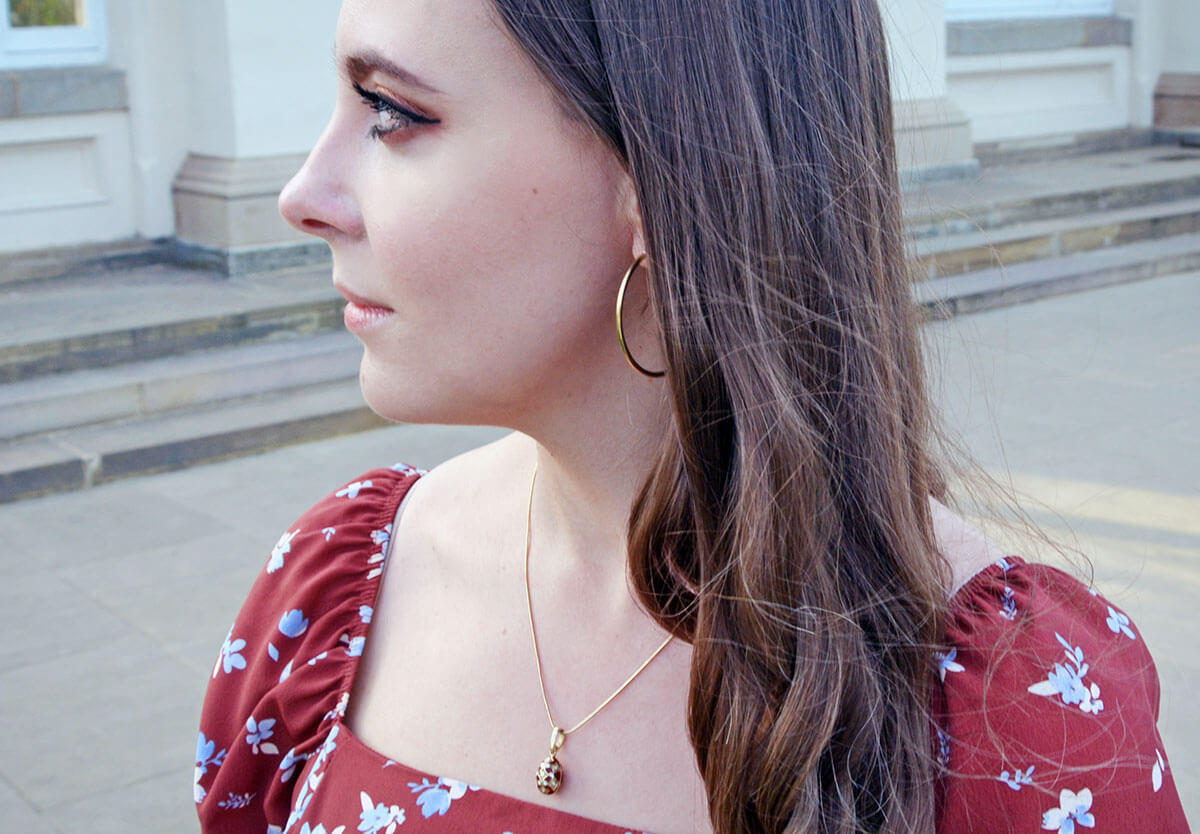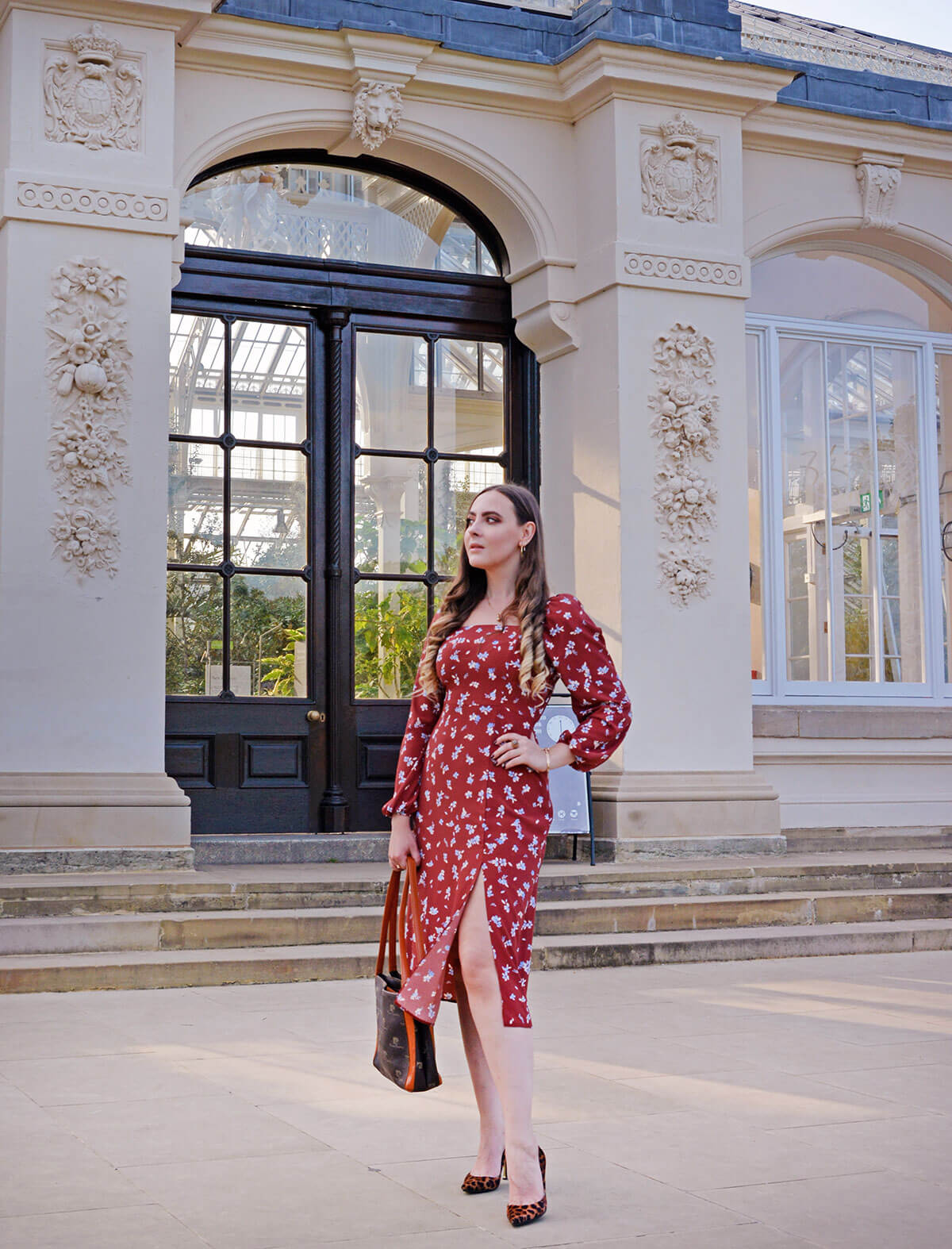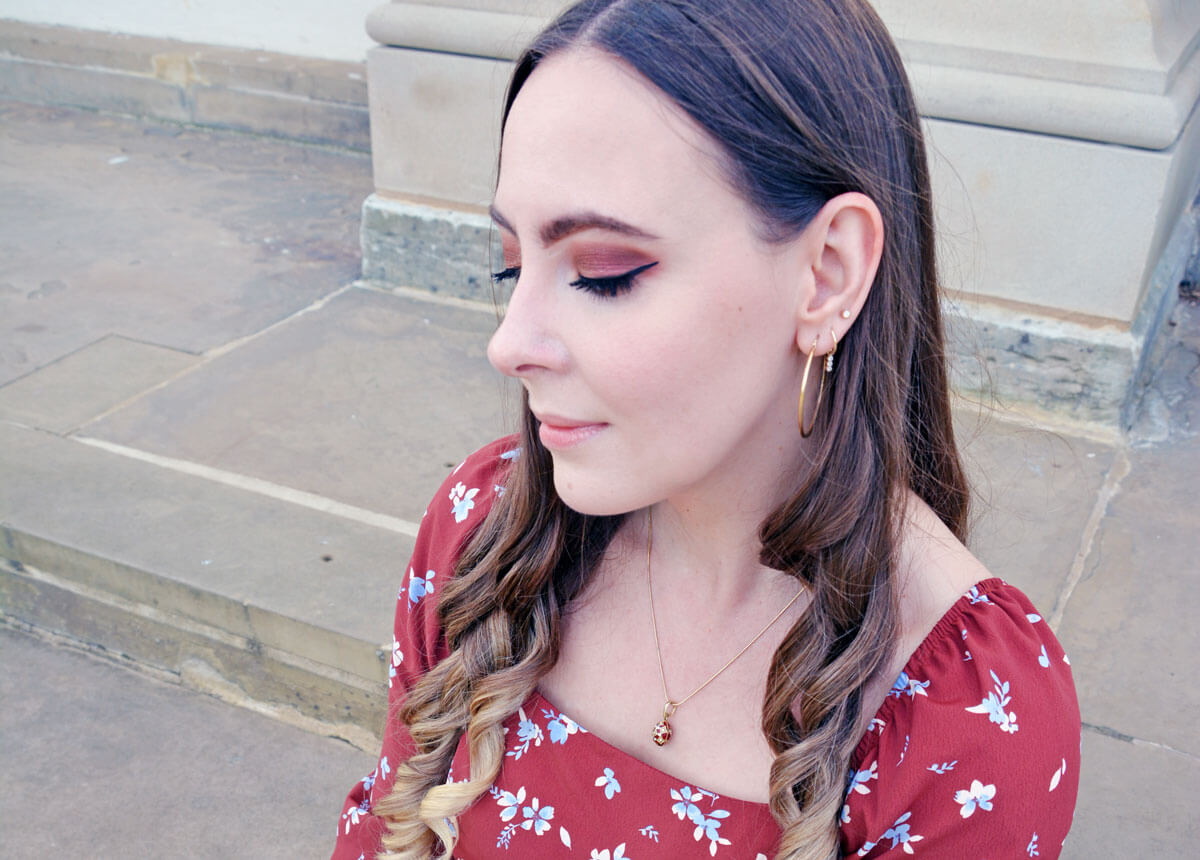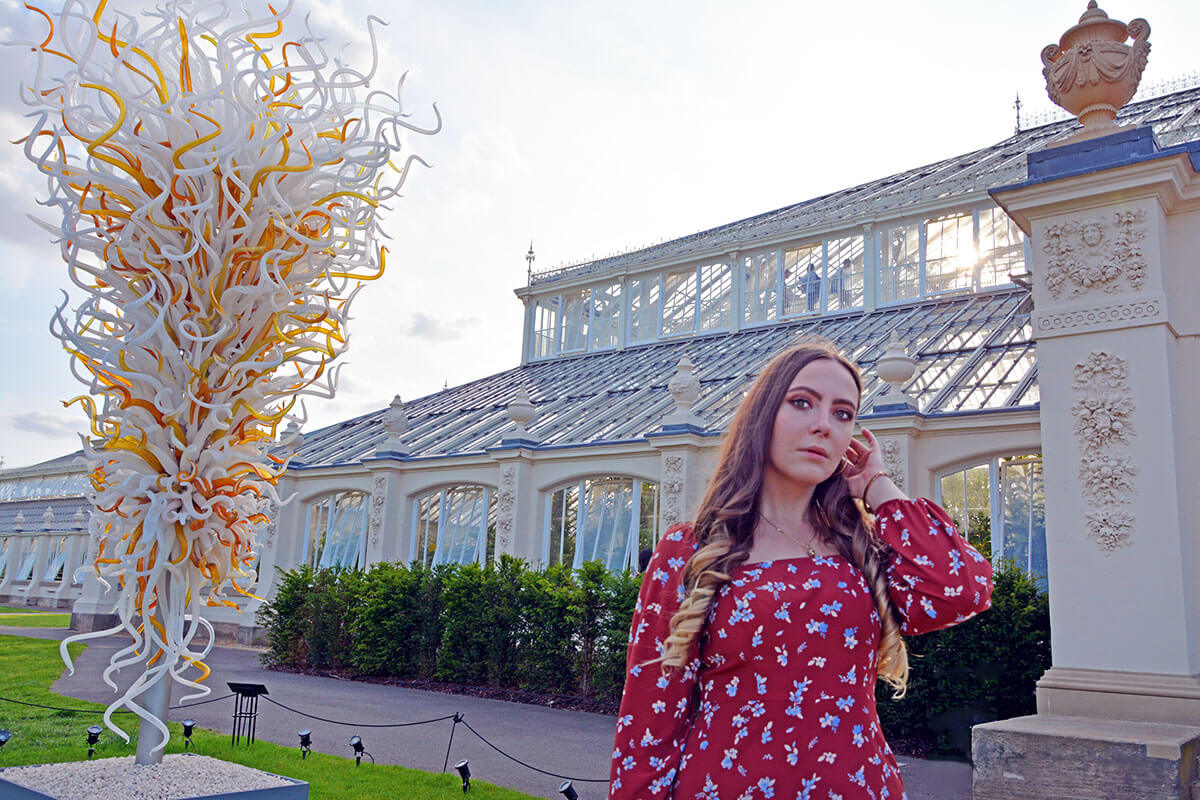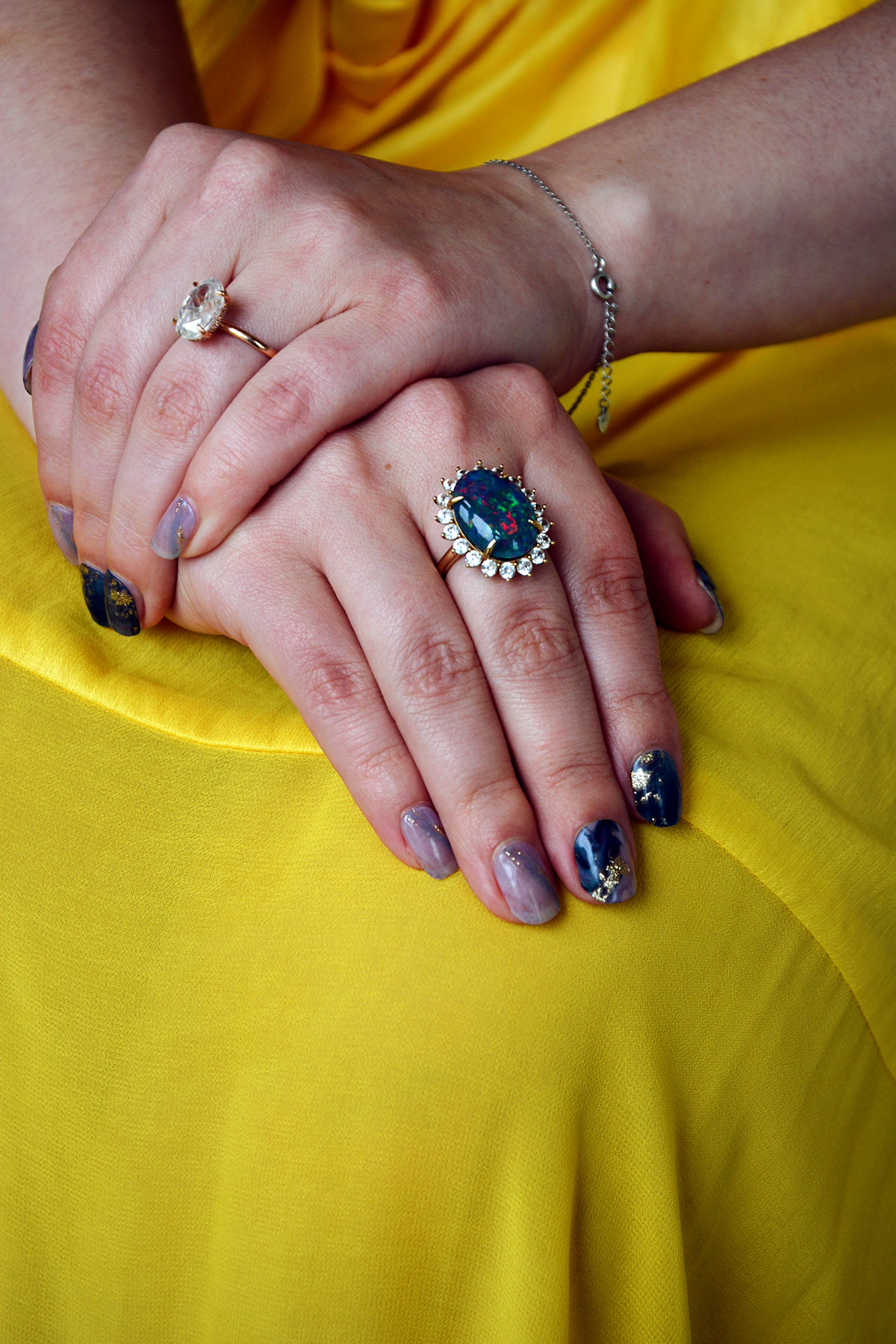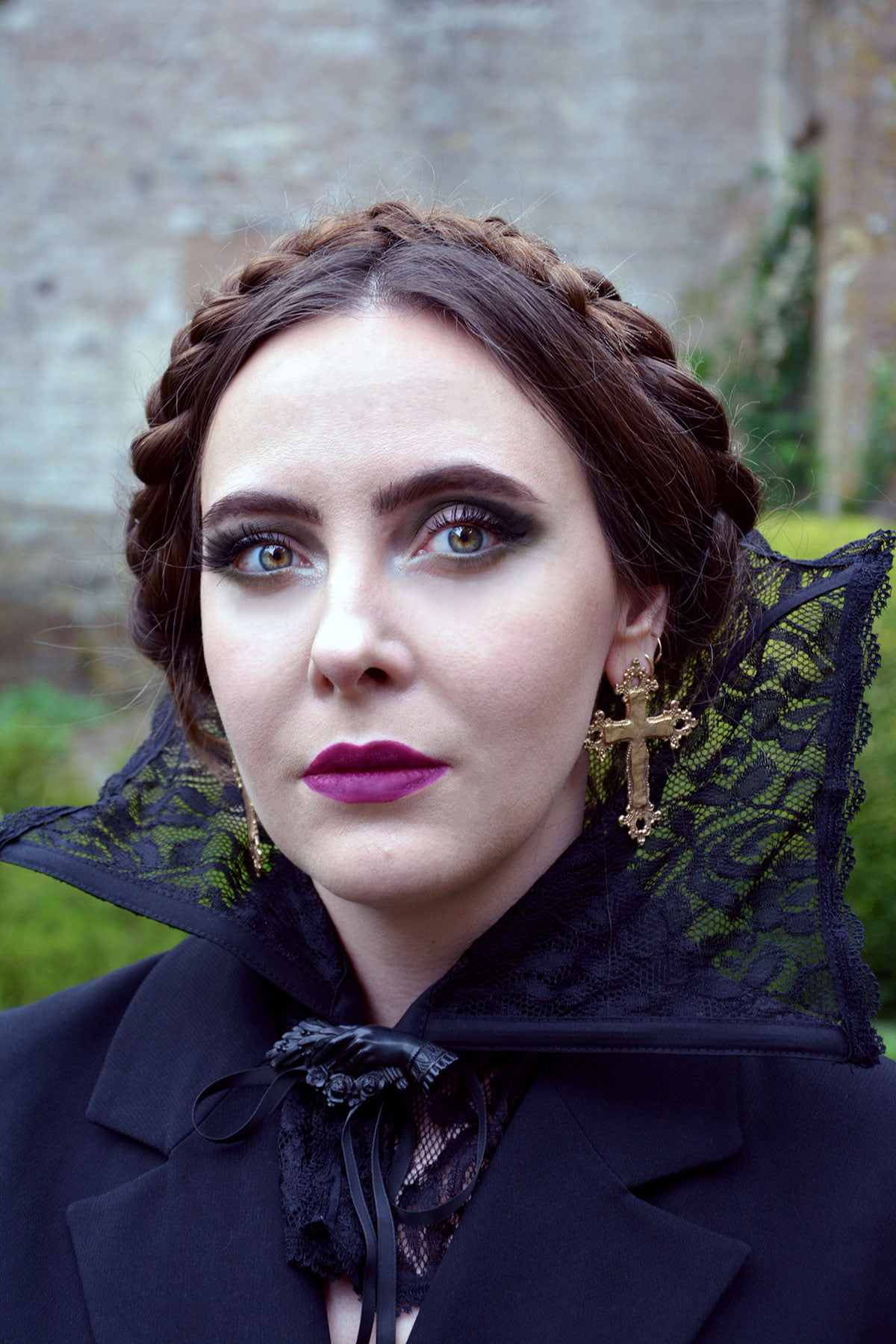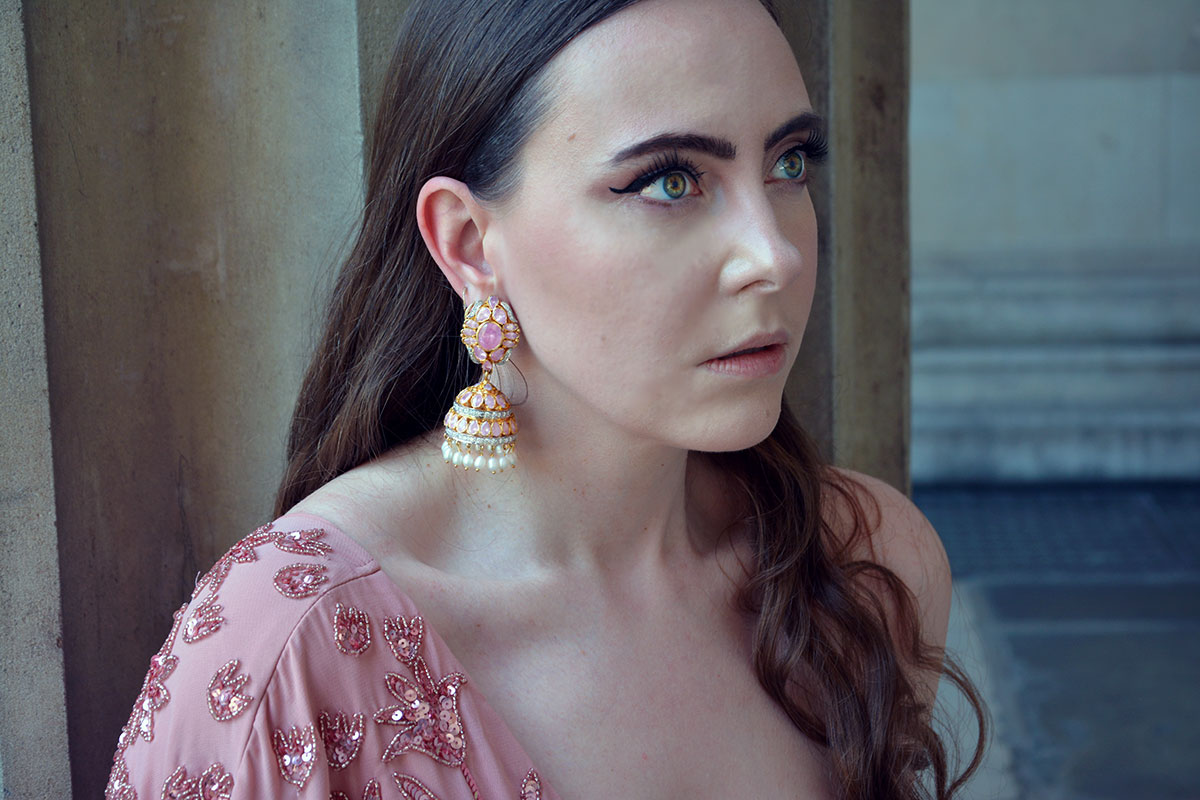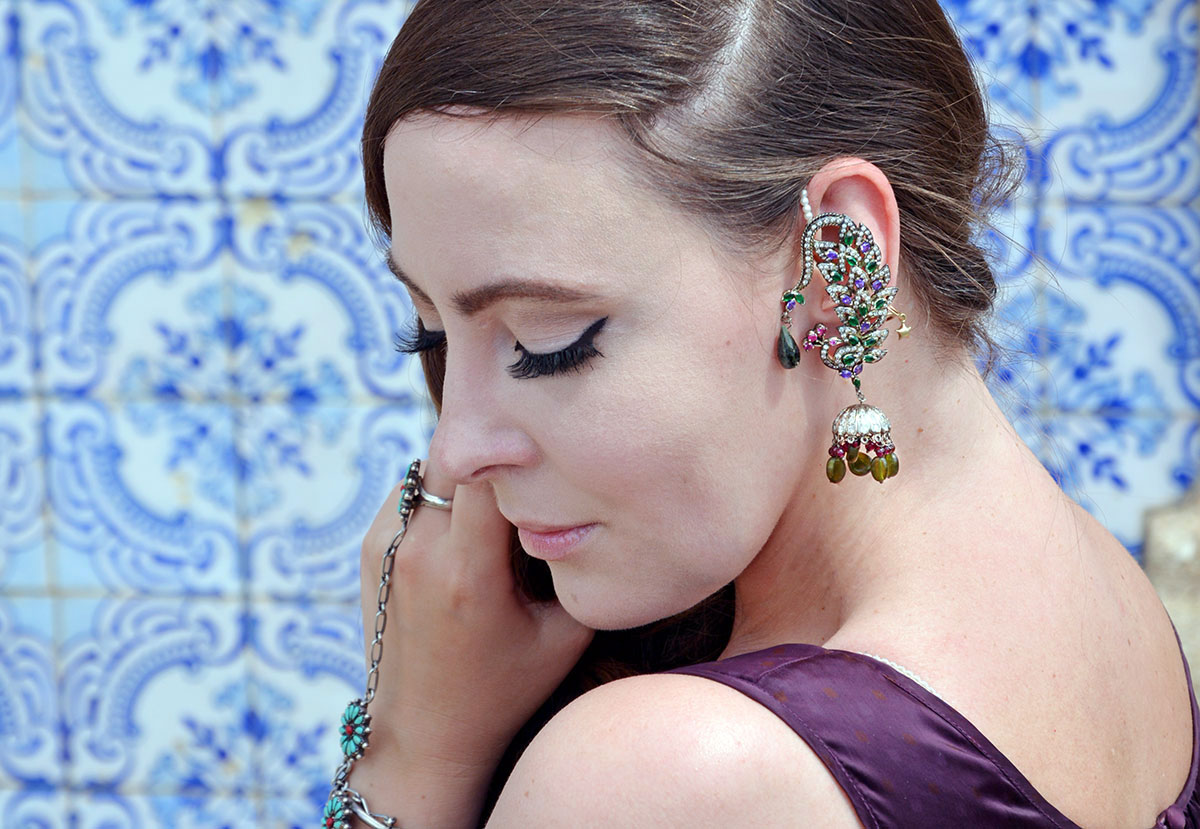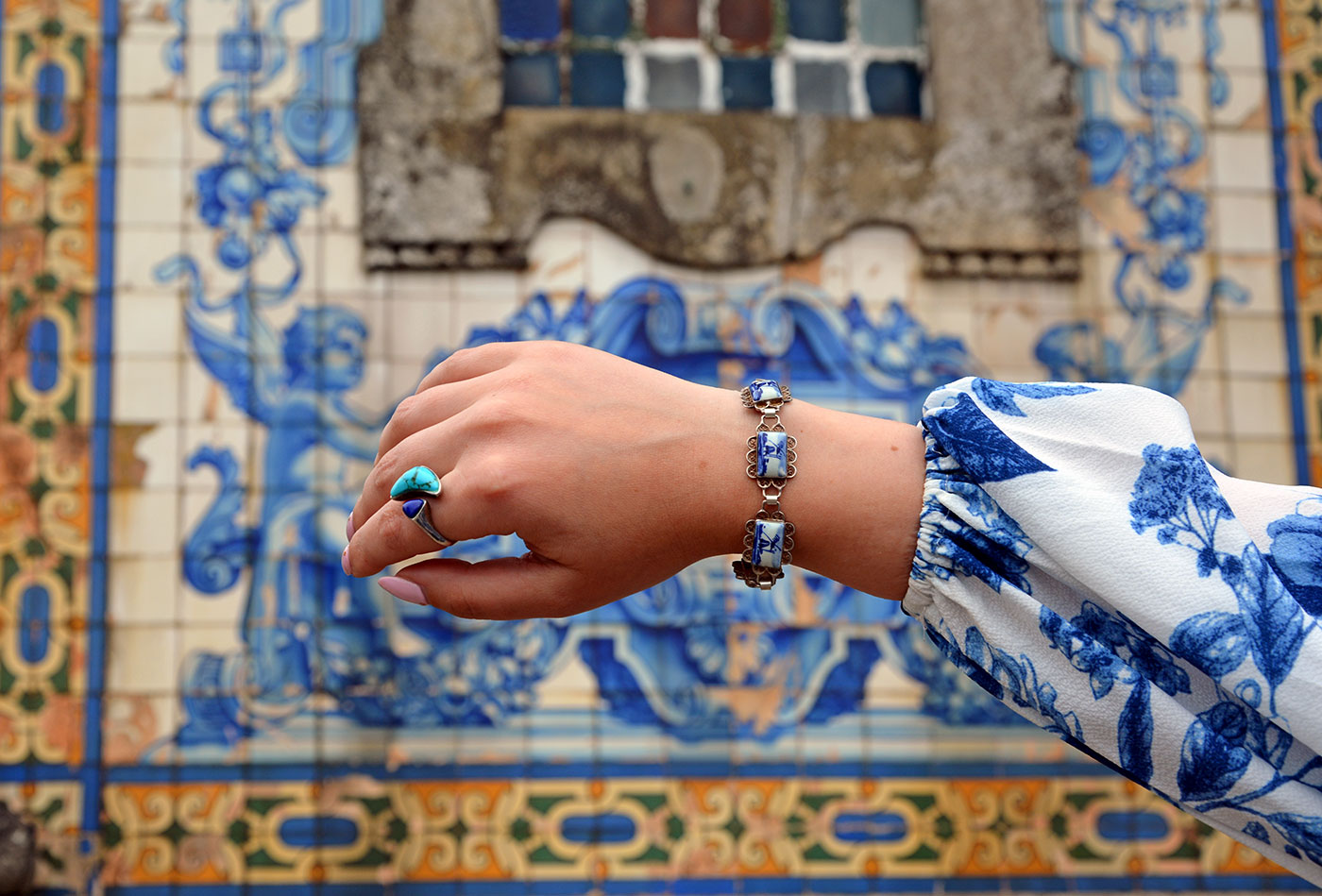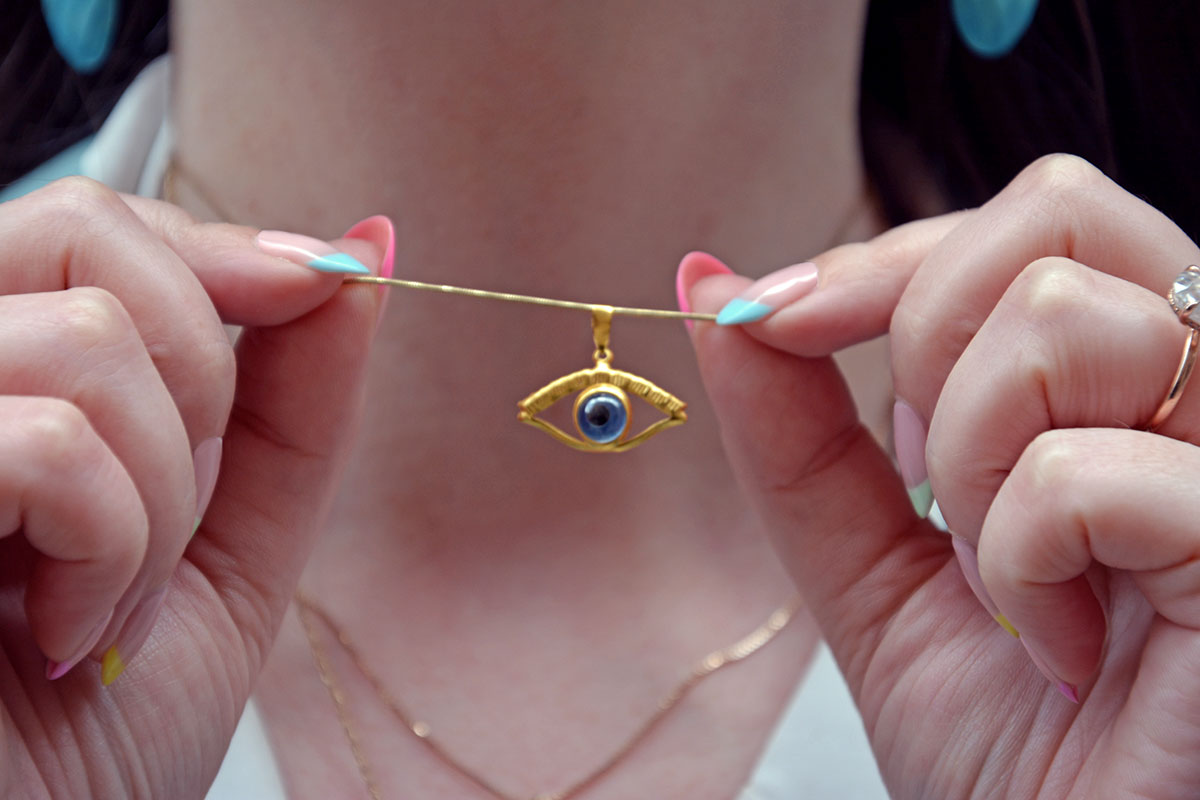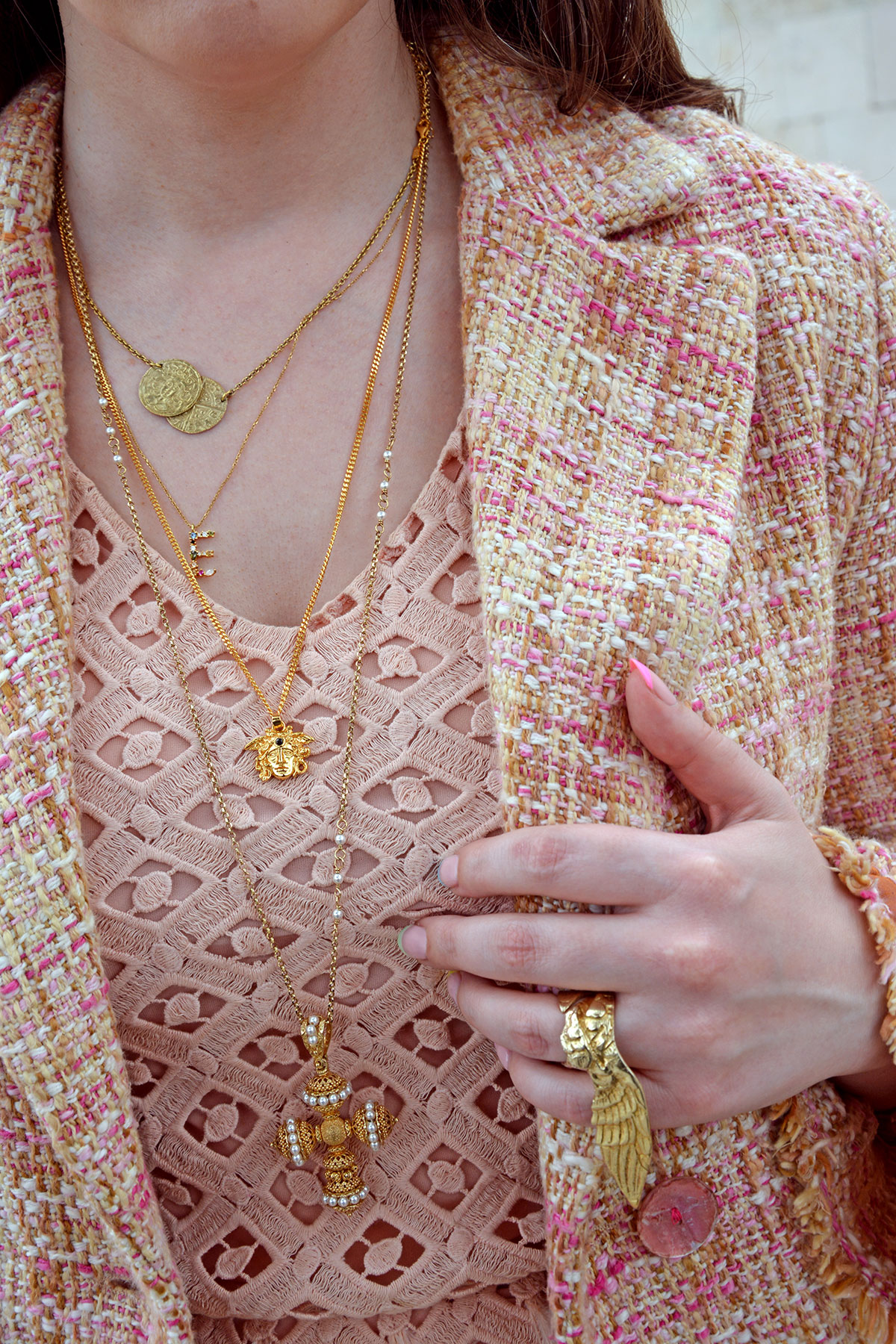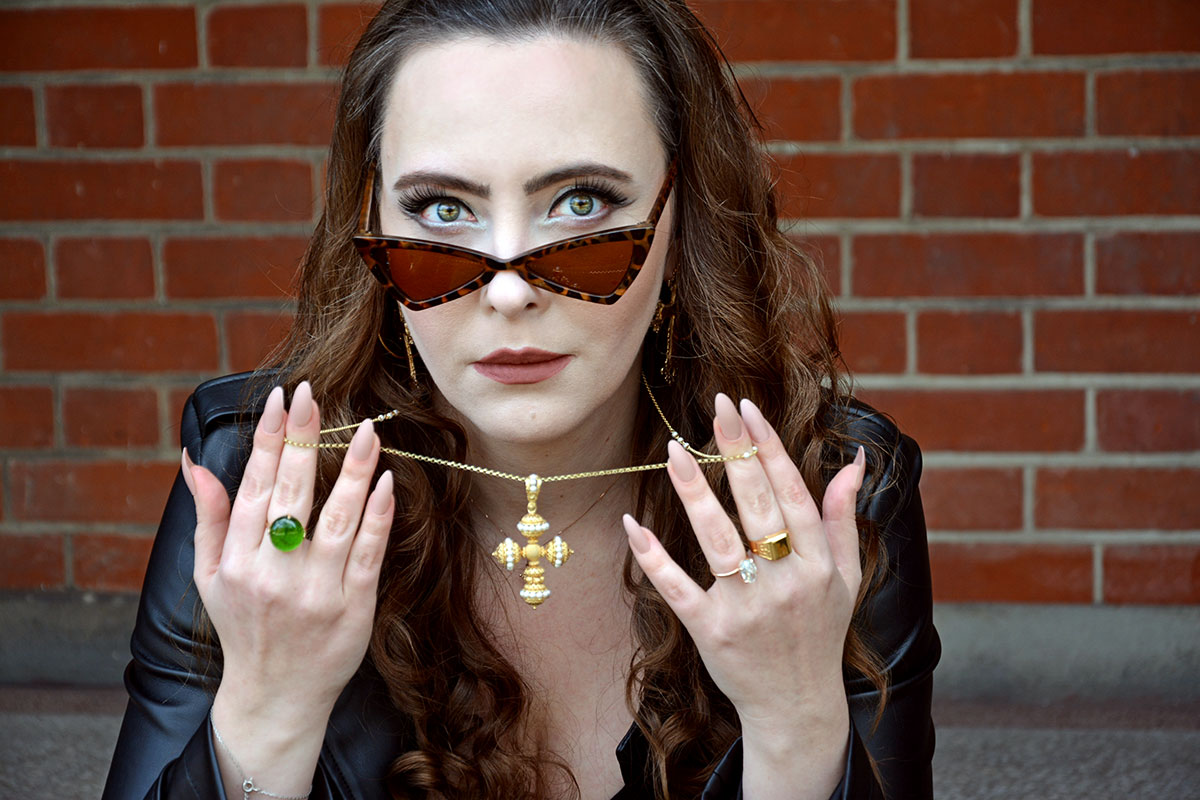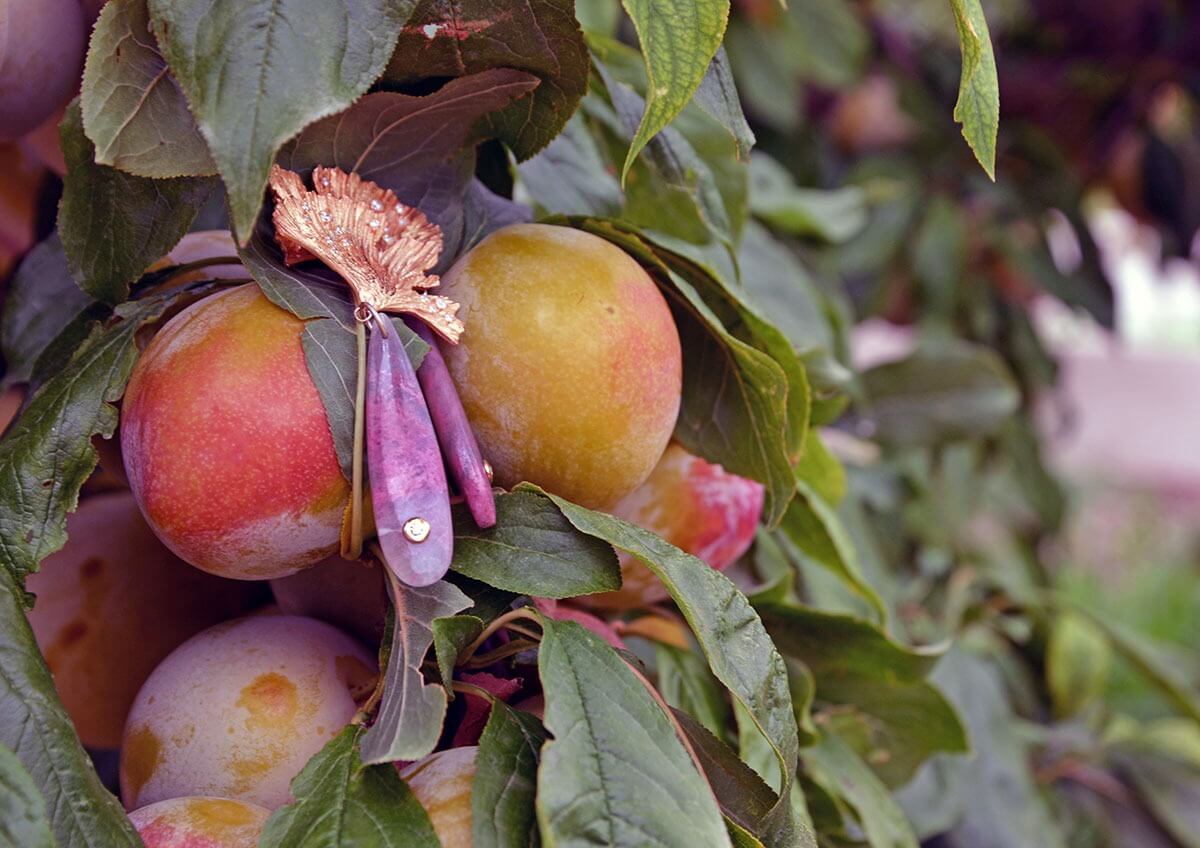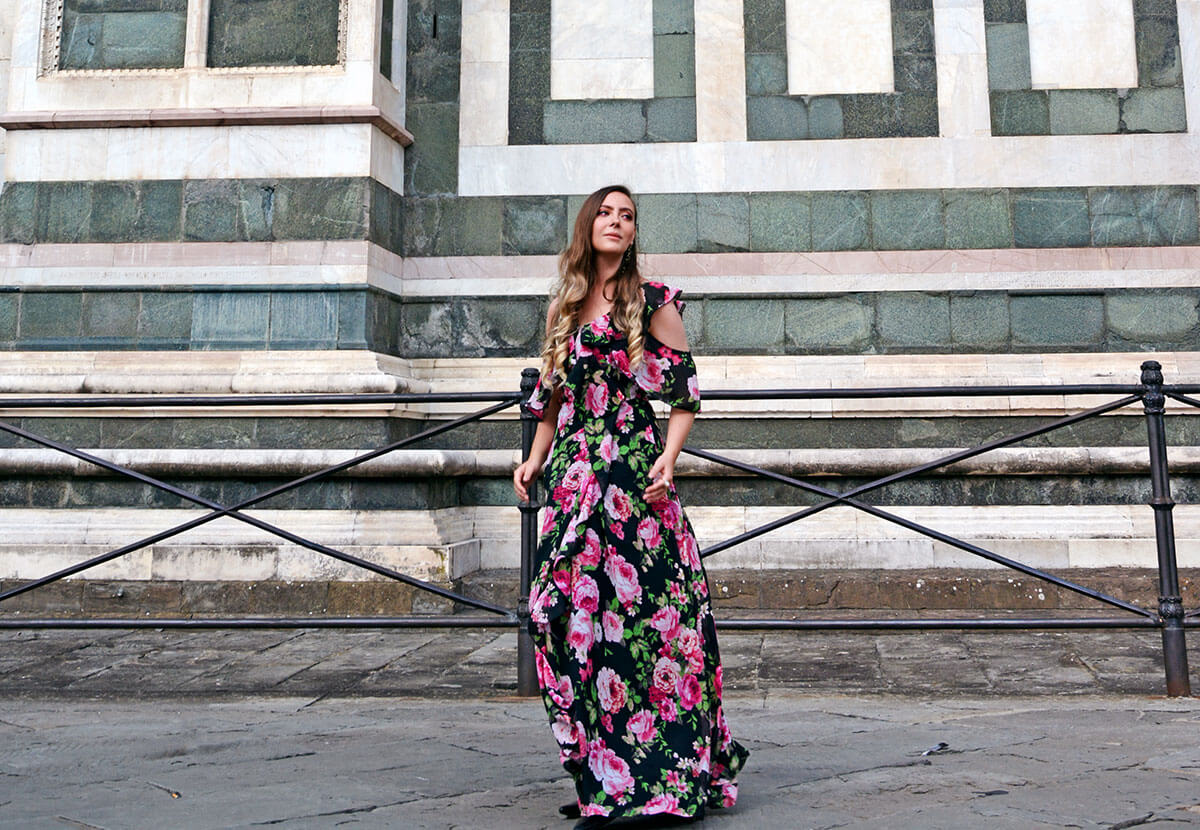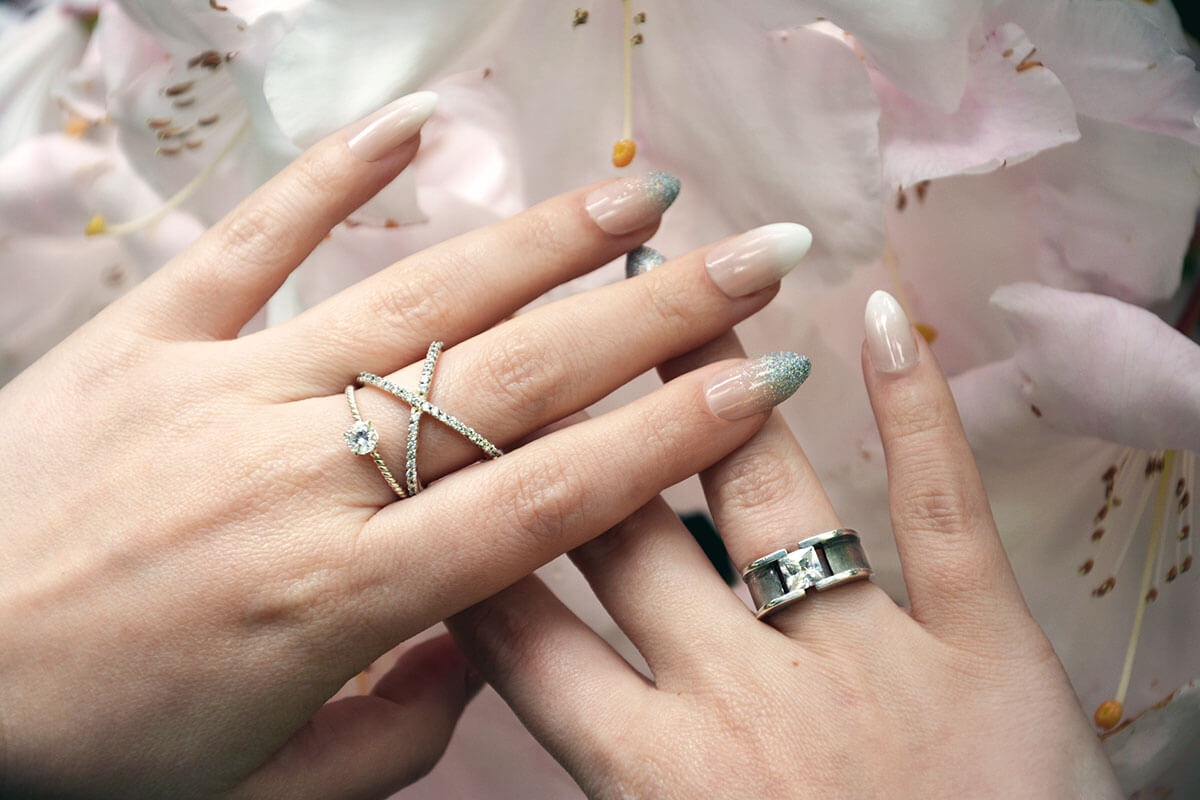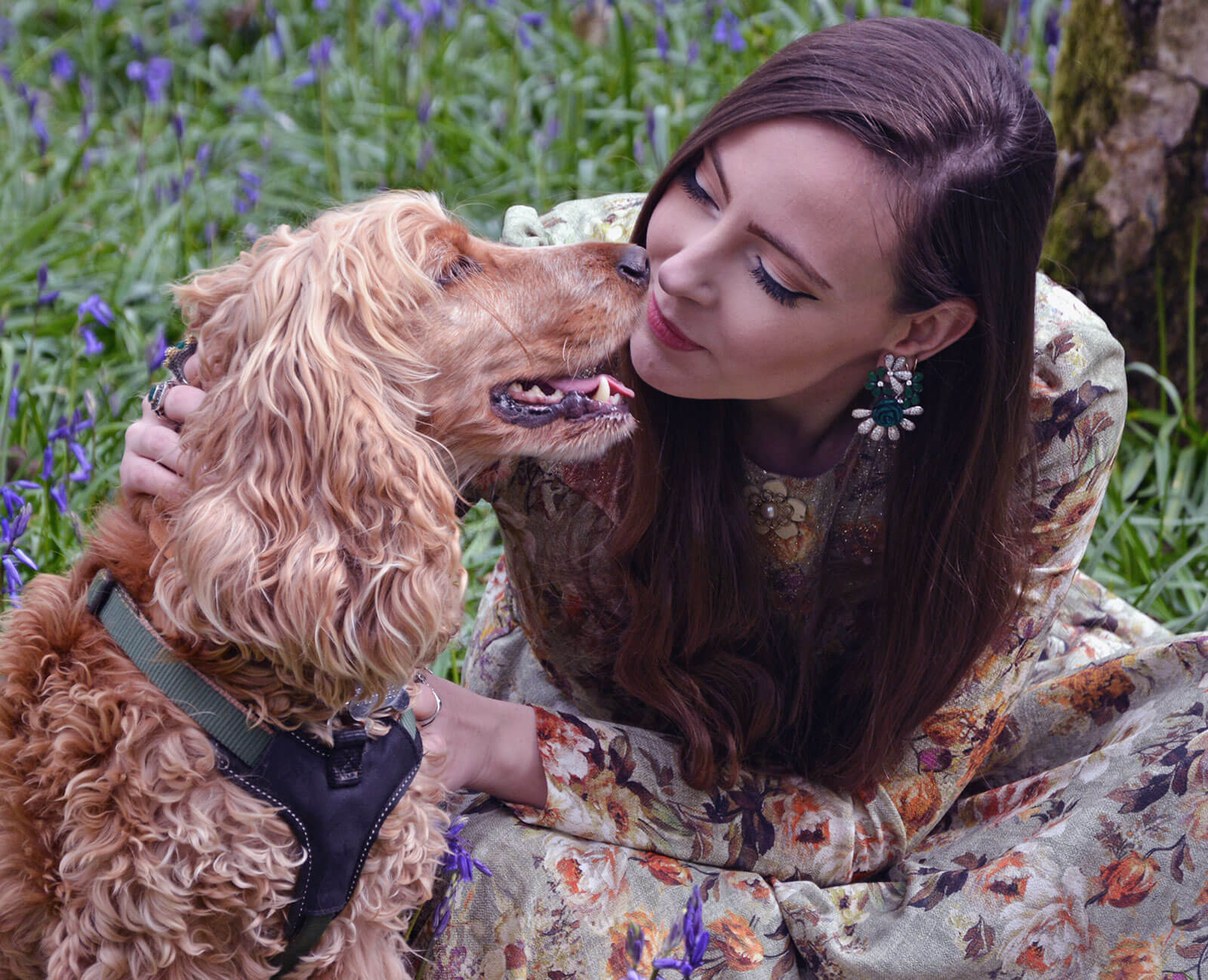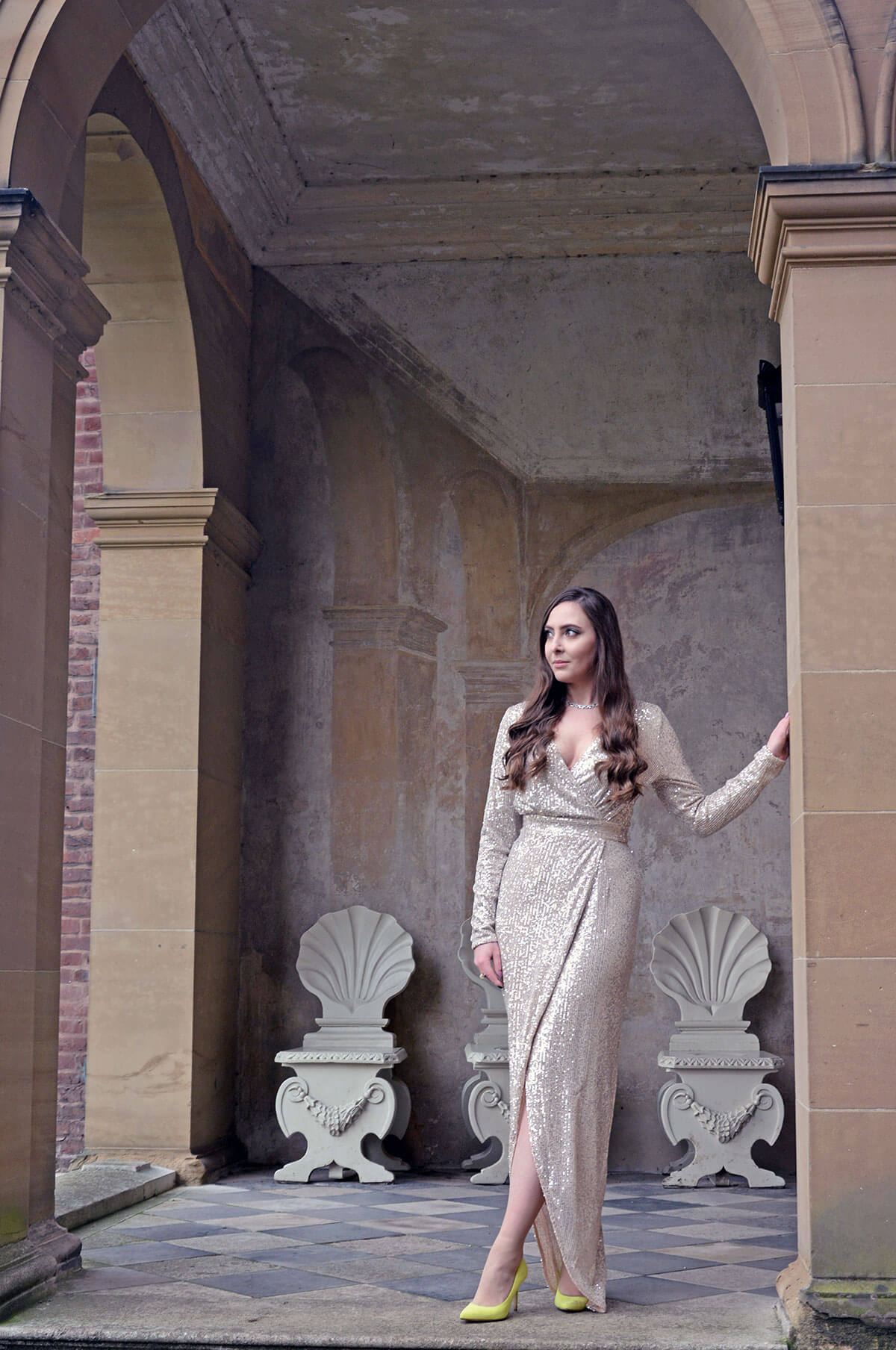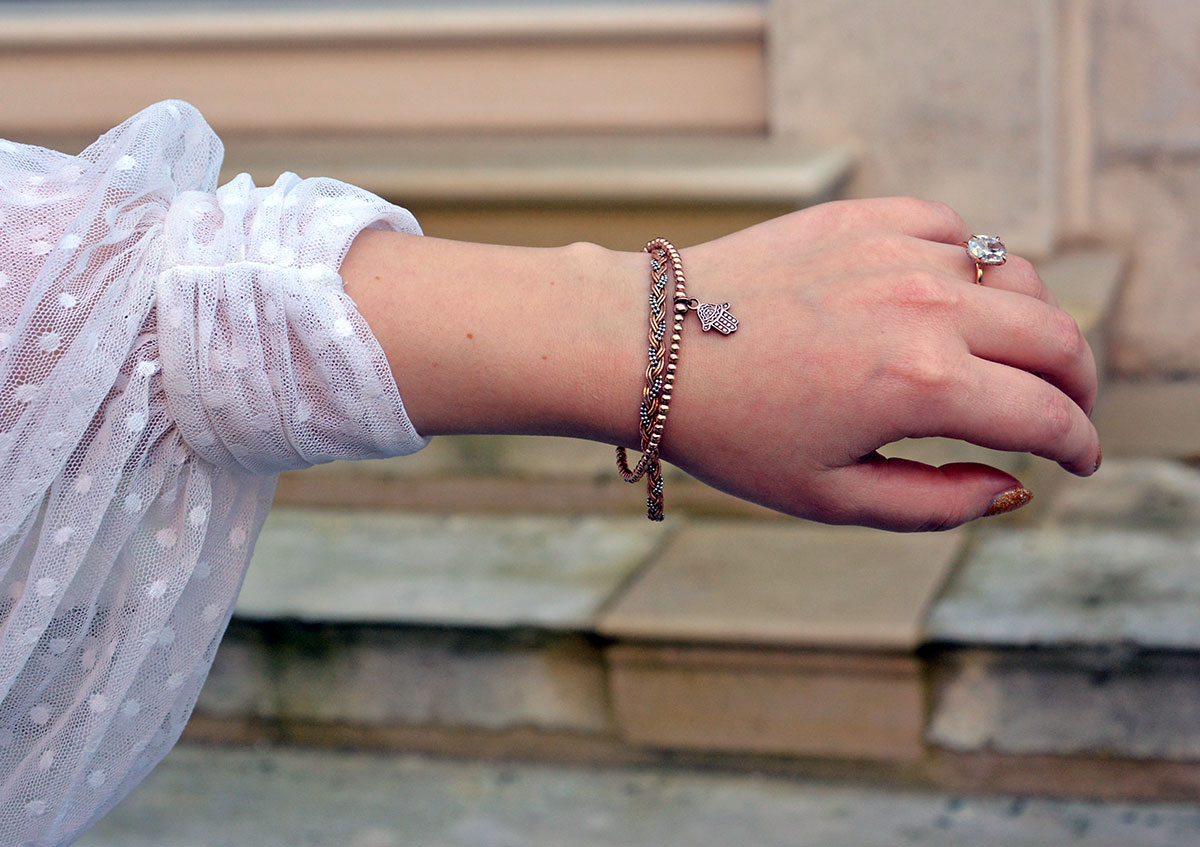Fabergé is a jewellery brand that has always been a bit of an enigma to me. It’s famous, but not many people know of it; it’s extremely desirable but this desire won’t suffocate the masses, unlike Tiffany and Cartier where the masses drool over a commercialised piece to claim ownership.
I’ve come to have this Fabergé egg pendant through my mother’s job as an accountant for a jewellery store in Vilnius, Lithuania absolute years ago. I’m talking the late 90s. Someone brought it in to pawn and my mother decided to buy it when no one came back to collect it. Whilst we both are hopeful that it is a genuine piece of Fabergé history – we can not be sure. It may be a piece of “Fauxberge”, those are not uncommon. There even was an exhibition showcasing a collection of Fabergé fakes or pieces inspired by the jewellery house, that many came to watch and admire. Is this where my pendant came from? Let’s digest the history of The House of Fabergé first, and come up with some theories later. Here’s a rough timeline.
A brief history of Fabergé
- 1842 – Gustav Fabergé starts the business in Saint Petersburg, Russia using the accented name Fabergé – some speculate this was because French was the language spoken by the Russian elite – and an accent would add to that je ne sais quoi.
- 1872 – Gustav’s son, Peter Karl Fabergé took the reigns of the jewellery store under the supervision of his dad’s workmaster (Peter Karl was just 26). His goal was expansion and radical changes.
- 1881 – Time for bigger and better. The shop moved to a more prominent location at 16/18 Bolshaia Morskaia. It’s worth adding that the first store was at basement level, whereas this location was at street-level. This was a big deal.
- 1885 – The House of Fabergé was awarded the title “Goldsmith by special appointment to the Imperial Crown” after working on quite a few restoration projects for the Hermitage Museum. This led to an exhibition opportunity which put The House’s craftsmanship in front of the elite, marking the beginning of an association of Fabergé as the jeweller to the tsars. The same year, tsar Alexander III commissioned Fabergé to create an Easter Egg for his wife, Marija Feoderovna, the tsaritsa, who already knew the House as she purchased cufflinks from there before. Impressed by the result, the tsar has gone for something of a Fabergé-subscription service, expecting a jewel encrusted egg for his wife each year. A kind of a royal Netflix, only one watches jewels for hours instead of movies.
- 1910 – Cartier took note of the competition and purchased a few items from Fabergé
- 1918 – Everything was going so well. The House expanded its operations into Moscow, Odessa, Kiev and London. But 1918 marked an end of an era – The Bolsheviks nationalised the business. Peter Karl Fabergé and his family had to flee the country. The House was no more.
- 1924 – 2009 – the Fabergé name was bought and sold on and on and on, with it belonging largely to a plethora of beauty giants, most notably Unilever. Have you ever seen perfumes called Brut or Babe around? They are to this day sold under the Fabergé name.
- 2009 – Current – headquartered in London, the House has not had a stabilising few years. Court cases about the brand name, losses – it seemed that the cons were outweighing the pros. Having said that, the pros slowly started to stack up:
- Fabergé family members were invited to hold prominent advisory positions in the newly formed firm
- Physical stores started opening in London, Geneva, New York
- In 2015, Fabergé won the Grand Prix d’Horlogerie de Genève award for the House’s ladies’ mechanical watches line
- Ad campaigns were shot in 2017 showcasing the heritage meets modern as the look and feel of the brand
The future of Fabergé
If you google Fabergé, a low-key namesake website will pop up, showcasing a variety of jewellery pieces, some not dissimilar to what I am wearing in the pictures. The brand’s Instagram page also attempts to tell Fabergé’s story by celebrating the brand’s rich history.
With such a saturated market where often minimalism/commercialism is preferred – will it manage to take the necessary steps to modernise without losing the grandeur it is known for? What will it take for cash rich influencers to swap their Cartier bracelets and Tiffany key charm pendants for fine egg ones? Is this even in Fabergés plan? One could argue, this was not the demographic the brand was aiming for. A contra-argument would be that the times where brands dictated their demographics were far gone, and now consumer was king.
Ultimately, I would like to see Fabergé’s creations on necks, hands and wrists of more people than a just few actors on the red carpet that we cared about in the nineties. That doesn’t mean changing the product – but what it does certainly mean is strengthening the marketing strategy.
Cartier may have bought a few pieces from Fabergé back in the day, but now Cartier boasts 11.6m followers on Instagram while Fabergé has 258k. Sounds like an eye-rolling, so-what statistic to you? A lot of consumers with deep pockets look at these stats before making a considerable jewellery investment. And it’s sad, but it’s true.
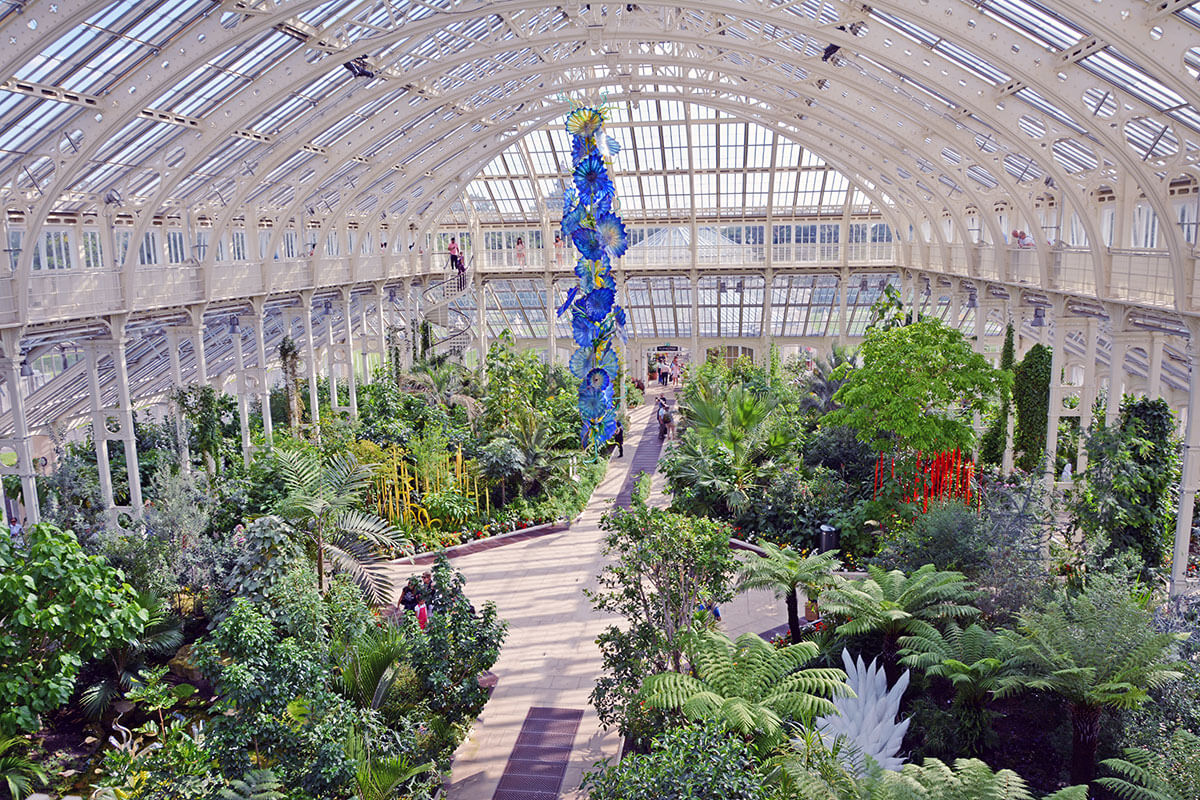
Bag: Vintage Pierre Cardin, Pumps: Dolce & Gabbana, Necklace: Fabergé (or Fauxberge?)

